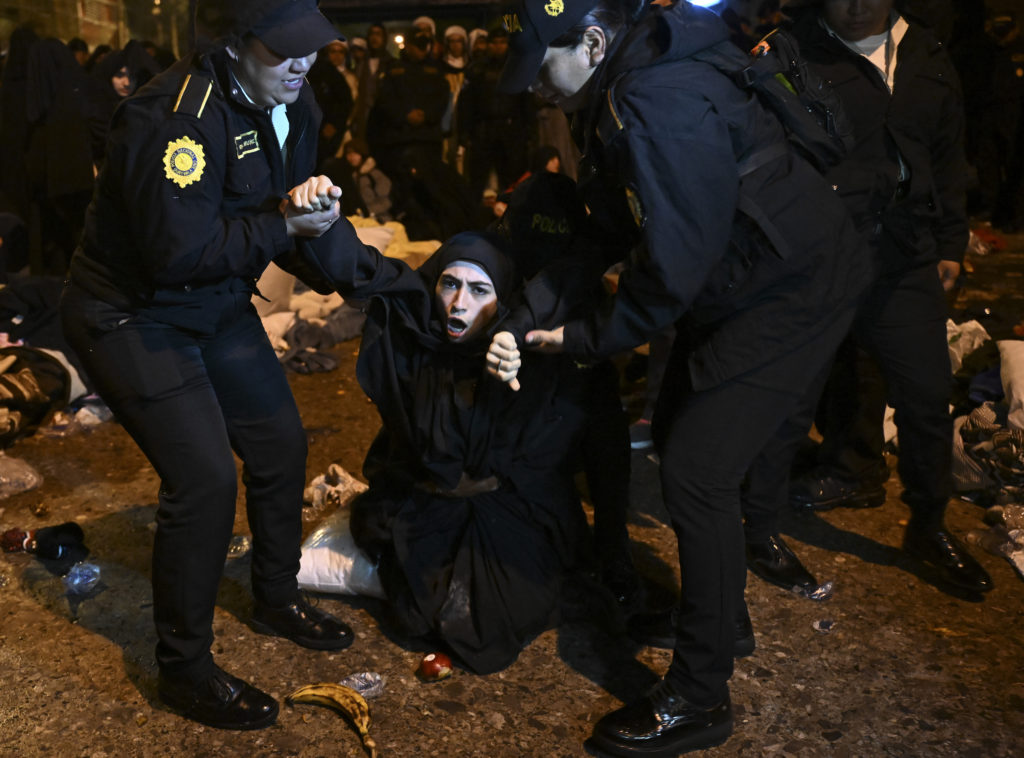In 1921, the celebrated French scientist Marie Curie made a six-week trip to the United States, where she visited the White House and received from the hands of the president himself a very unusual gift: a gram of radium.
At the time, the radioactive element was extremely hard to extract from minerals and could cost more than ten times as much as a diamond of the same weight. Yet its study was key in the development of treatments for cancer.
Thanks to fundraising organized by US journalist Marie Meloney, who had interviewed Curie, the radium was offered for free and the researcher was invited across the Atlantic to receive it.
That anniversary was marked in an event Monday at the French embassy in Washington, DC, which was attended by relatives of both Curie and Meloney.
“I am very glad that this story can be passed on to future generations,” said Marc Joliot, Curie’s great-grandson and a researcher himself.
In May 1921, Curie, who had already been awarded the Nobel prize in both chemistry and physics, set off for the United States on the Olympic, the sister ship of the Titanic, in the company of her two daughters, Irene and Eve.
During her journey, she visited major universities, gave lectures and visited a radium factory in Pittsburgh.
She met President Warren Harding, who handed her the key to the safe that contained the gram of radium. It had cost $100,000, a sum collected almost entirely through donations from American women.
“Today’s radiotherapy devices are the direct result of the work of Marie Curie, who discovered radioactivity,” said Thierry Philip, Chairman of the Board of Directors of the Institut Curie, which is also celebrating its 100th anniversary.











